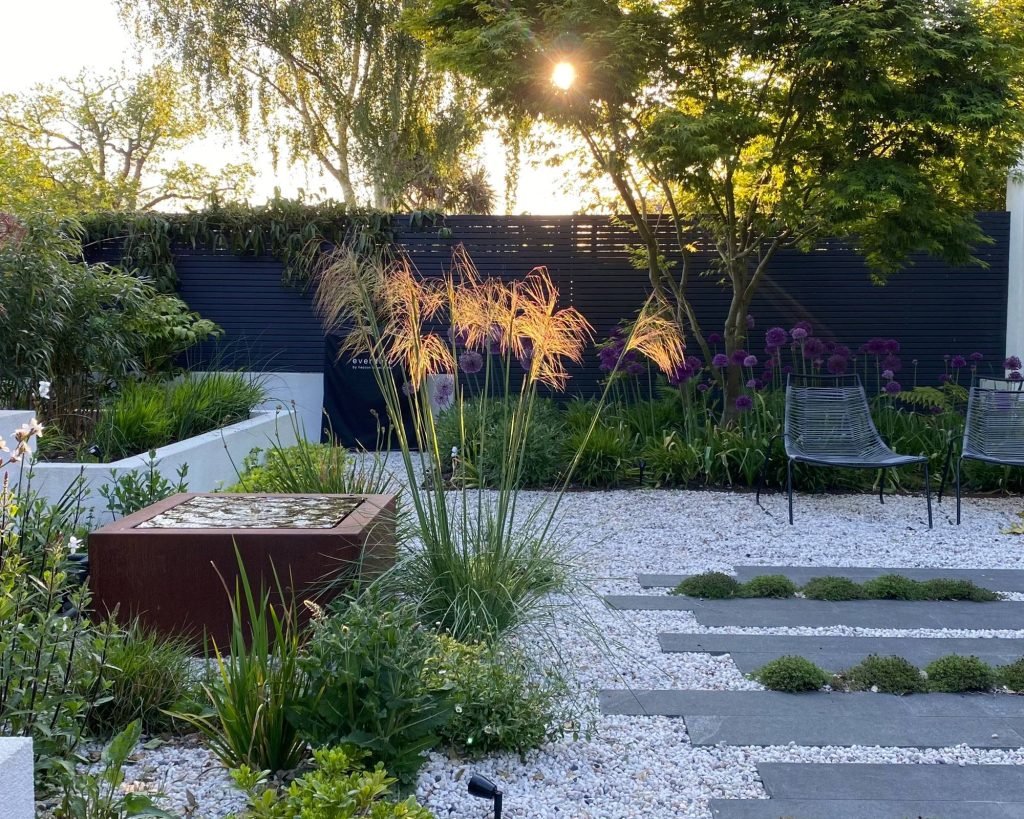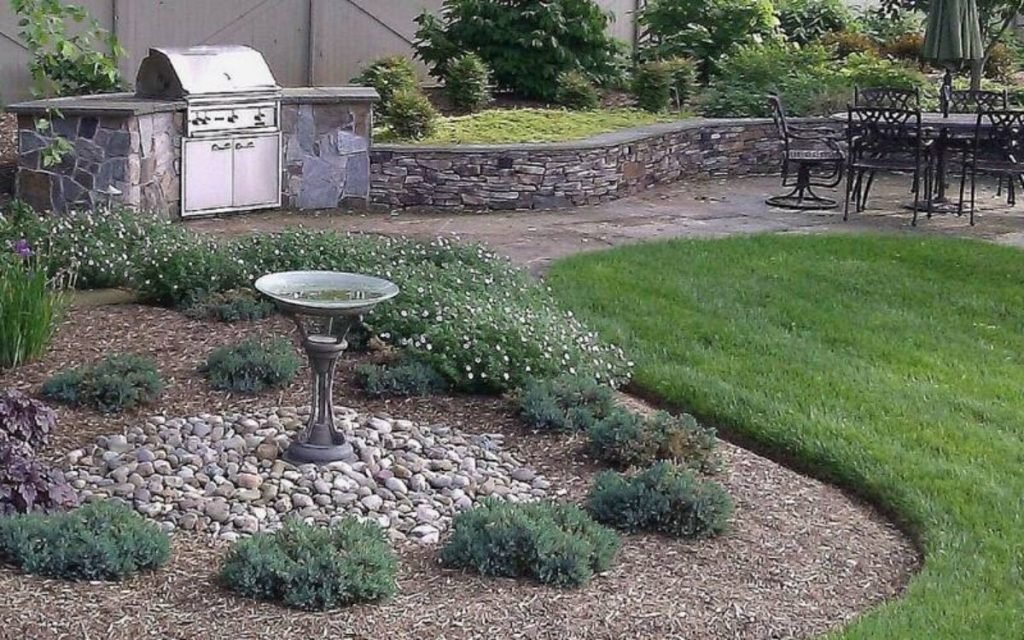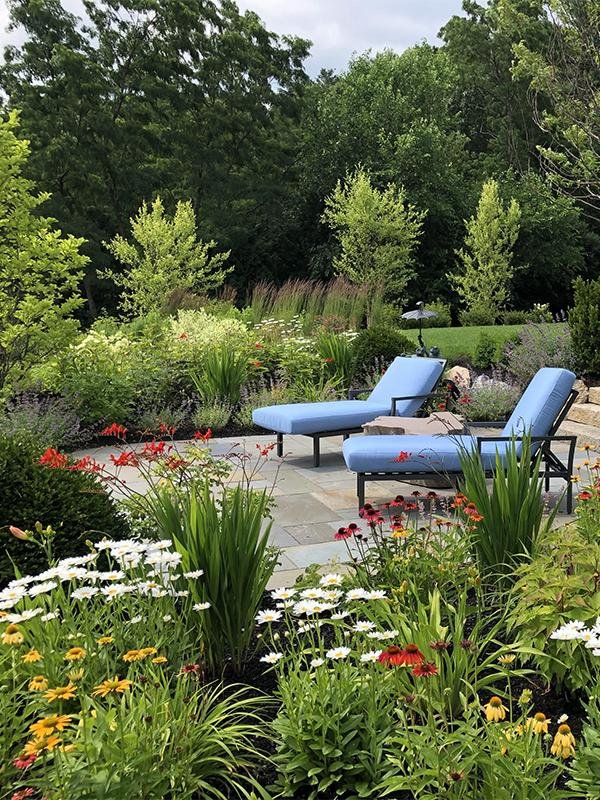With winter behind us and warmer weather finally arriving, it’s time to give your outdoor space a little facelift. Small DIY updates can make a big impact and help create an oasis that’s perfect for family fun.
Sprucing up your yard can also help keep your home looking fresh and appealing if you’re planning on selling it soon. Keeping up with the latest landscaping and gardening trends will ensure that your yard looks and feels beautiful.

Eco-Friendly Landscapes
Eco-friendly landscapes are an excellent way to improve the quality of your outdoor living space and reduce environmental waste. They are also more cost-effective than other landscaping options.
One way to ensure your garden is eco-friendly is by selecting plant material that is native to your area. These plants are more adapted to the conditions they will find themselves in and therefore require less water, fertilizing, and maintenance than non-native plants.
Another way to make your yard or garden more environmentally friendly is by using compost instead of artificial or chemical fertilizers. Compost breaks down into rich soil that provides healthy plants with the nutrients they need.
Less Lawn
One of the best ways to save money and reduce your impact on the environment is to reduce the amount of lawn you have. Depending on your location, this could mean the reduction of thousands of gallons of water a year.
The most obvious way to shrink the lawn is by incorporating landscaping features like a pond, a retaining wall or even a patio. The most effective use of these features is to create zones that offer something for everyone – whether it’s a place to play, eat or just relax in the sun. In the end, you’ll have a low-maintenance, sustainable, and attractive landscape.
Vertical Gardening
Vertical gardening is a great way to add greenery and color to your outdoor space. It’s also a fun way to grow your own fresh food.
It’s all about selecting the right plants to make your garden thrive. Some plants like shade and need a little extra care, while others do well in sunnier locations.
Succulents, tomatoes, and cucumbers are some popular choices for vertical gardens. These vining plants can be trained to grow up a trellis or support and don’t need a lot of water.
Plants for Pollinators
Plants that attract pollinators are a great way to improve your outdoor living space. Integrating these plants into your garden not only helps these essential creatures but also adds beauty and color to the landscape throughout the year.
There are many different kinds of pollinator-friendly flowers to choose from, so it’s important to consider your landscape and its climate to find the best choices for your area. Remember, pollinators need water and shelter, so try to provide those amenities in your yard.
Plants for Caterpillars
In many ways, caterpillars are beneficial to the garden. They help keep weeds under control by eating their leaves, while also serving as food for other insects and creatures.
Caterpillars feed on a small range of plants, including flowers, herbaceous perennials and shrubs. Plants they like best are ones that produce lots of flower or fruit, and which have narrow leaves and are not too big.
When a caterpillar is ready to pupate, it forms a chrysalis. This is another interesting stage, as the caterpillar molts its skin one last time and becomes a butterfly.
Water Gardens
Water gardens are an excellent way to add a natural, soothing touch to your outdoor space. They come in a variety of designs and are perfect for both large and small garden areas.
You can find water plants that float or sit atop the surface of the water or those that are completely rooted. They are easy to plant and are a great addition to any home.
Choosing the right mix of plants is also important in water gardens. Some of the more popular options include lilies, lotus, and irises. These plants not only add beauty but also help to purify the water.


